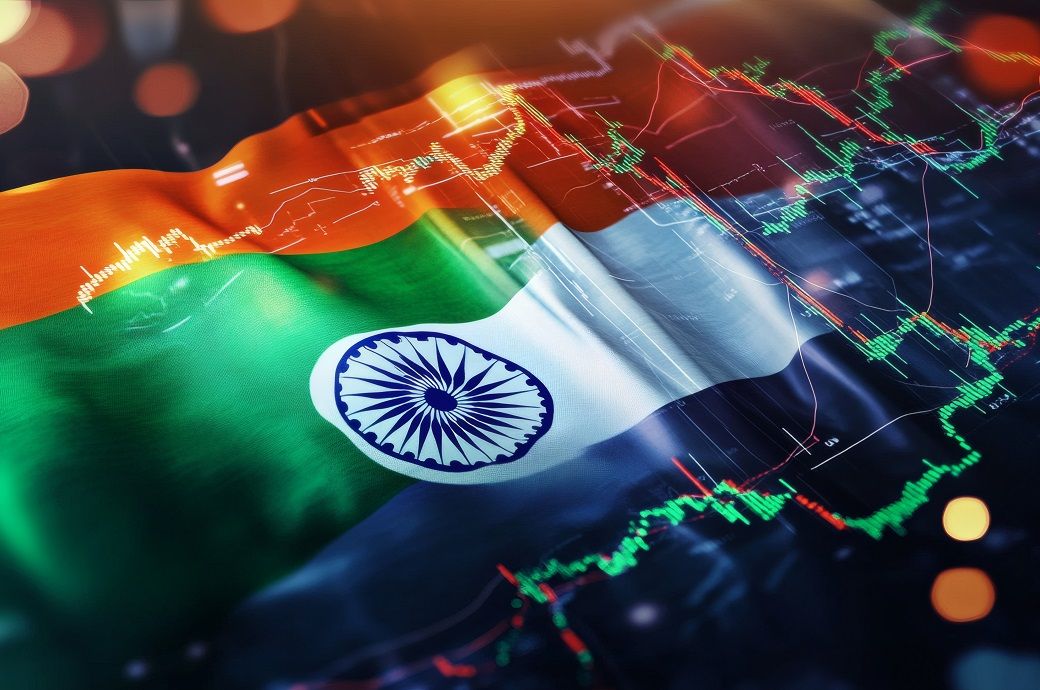Nearly two months are left in the Atlantic hurricane season, and so far 20 named storms have formed in the Atlantic basin. That includes Hurricanes Henri and Ida, which brought torrential rain and winds up to 75 and 150 miles per hour, respectively. After last year’s record-high 31 named storms and this year’s above-average season, what can we expect in years to come as the planet warms?
Climate scientists agree that hurricanes will become more intense as a result of climate change, but whether there will be more of them is trickier to say. If the past can predict the future, we can start looking for clues in the National Oceanic and Atmospheric Administration’s HURDAT2 database, which has the most comprehensive record of all Atlantic basin tropical cyclones dating back to 1851.
Charting the 15-year average of recorded Atlantic basin hurricanes, the curve shows a slow uptick of hurricanes and major hurricanes over the past century and a half.

But like any raw dataset, this one lacks the context of our past — and, in this case, the uncertainty of our future — with climate change.
Climate change is already influencing today’s hurricane activity. The average surface temperature of the world’s oceans is increasing, and warmer sea surfaces are the perfect environment for tropical cyclones to brew. A rise in cyclone intensity isn’t controversial in climate science circles, though it’s presumed that we haven’t seen the worst of it yet. Based on current climate projections, scientists expect to see more intense storms with heavier rainfall in the coming years. And with heavier rainfall comes the devastating flood damage we’ve seen from hurricanes like Harvey in 2017 and, more recently, Ida.
Of all weather disasters, tropical cyclones — including hurricanes — cost the most in damages and result in the highest death tolls. So, the pressure to understand how climate change affects hurricane frequency is immense. But while our data shows a rise in the occurrence of storms, researchers have argued that a less provocative, more obvious explanation is playing a role in the increase: We got better at detecting them.

Before the U.S. started flying planes over the Atlantic to detect storms brewing in the 1940s, we depended on storm records from weather-reporting ships. Because the traffic density of these ships fluctuated over time, it’s likely their records undercounted shorter storms of two days or less. We can consider most tropical cyclones in the Atlantic basin to have been successfully detected only after 1966, following a series of developments in observation data and satellite imagery.
This means that prior to that time, we’re undoubtedly missing data points. But what would it look like if we corrected for them? For the past 15 years, Gabriel Vecchi, a climate science researcher and professor of geosciences at Princeton University, has been researching Atlantic hurricane activity under climate change and recently published a model simulating the frequency of Atlantic basin hurricanes from 1851 to 2019. Adjusting for changes in observation techniques, the model estimates that up to seven hurricanes and up to four major hurricane are missing in any given year from HURDAT2 until the 1970s. When we re-chart our initial data (the dotted line) with the adjusted values (the solid line), our curve looks a bit different.

Vecchi notes that the trend reflected after adjusting the historical values neutralizes the slow uptick we initially saw and opposes the idea that hurricanes have become more frequent in recent decades. What becomes more pronounced, however, is how variable the number of hurricanes can be within a decade, or even a single season. The dip in the 1970s and 1980s is a particularly obvious one, which Vecchi argues is due to a temporary increase in a phenomenon known as aerosol forcing. Anything that releases large quantities of nonuniform particles (think volcanic eruptions or sea spray) into the atmosphere can scatter or absorb solar radiation. That’s aerosol forcing. Ultimately, aerosol forcing can oppose the warming greenhouse effect and cause temperatures to cool. For example, as North America and Europe barreled toward industrialization in the first half of the 20th century, the emissions from North America traveled east across the Atlantic and mixed with polluted air masses from Europe before riding trade winds southwest. This resulted in aerosol-induced cooling that locally affected the North Atlantic sea surface temperature, contributing to a decrease in tropical cyclone activity. Thanks to air-quality legislation, aerosol forcing has decreased, and so has the accompanying cooling effect.
Separating the effects of aerosols from the effects of greenhouse gases is key to understanding what to expect as the Atlantic warms back up. “In a way, the aerosol factor is veiling our view and giving us an inaccurate representation of what global warming does,” Vecchi said. “Maybe it makes certain things seem less threatening than they are, and maybe other things more threatening.”
Both internal climate variations and human-driven factors influence hurricane activity. But by the simplest metric, storm frequency, climate researchers can’t project a trend with any certainty. As climate scientists examine the links between extreme weather and a warmer atmosphere, today’s more advanced data collection still comes with drawbacks — when computers aren’t able to read the density of the data collected, for example. How we’ll experience hurricane seasons affected by climate change is the billion-dollar question, according to Vecchi. “And the answer to that question I’d say is one of the top 10 questions in applied science.”

:max_bytes(150000):strip_icc()/Health-GettyImages-1343543856-dad2fa95e1984076a943d1623fd5a860.jpg)







